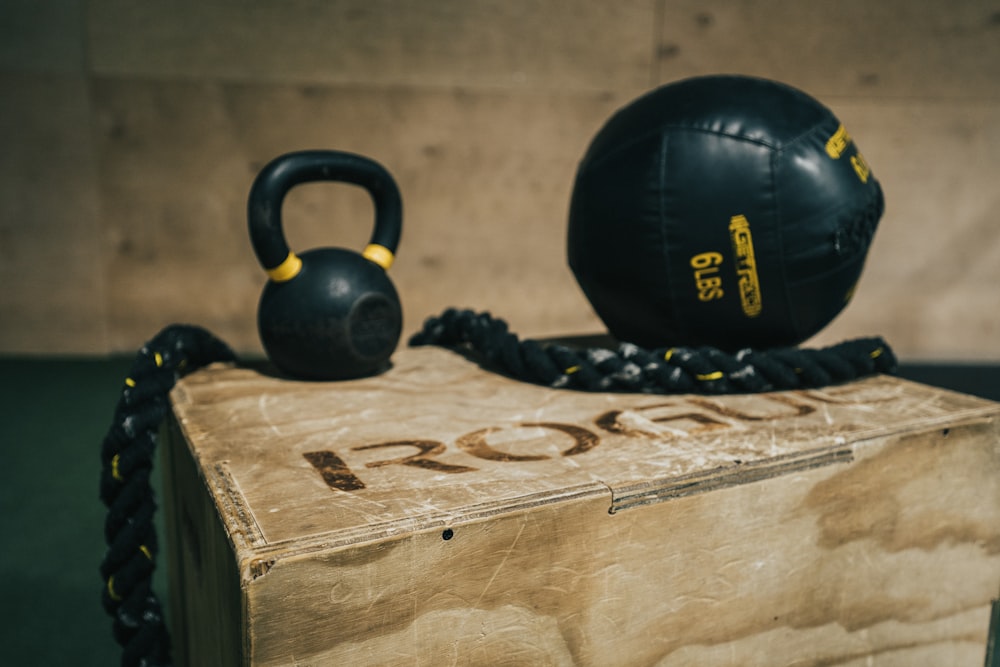Mastering Kettlebell Squats: Elevate Your Leg Workouts
Introduction: Embracing the Power of Kettlebell Squats
Kettlebell squats are a dynamic and effective exercise for building lower body strength and stability. Incorporating kettlebells into your squat routine adds an extra challenge and activates more muscle groups, leading to greater gains in strength and muscle definition. In this article, we’ll explore the benefits of kettlebell squats and provide tips for mastering this essential exercise.
Understanding Kettlebell Squats: Form and Technique
Proper form is crucial when performing kettlebell squats to maximize results and minimize the risk of injury. Begin by holding a kettlebell with both hands at chest level, feet shoulder-width apart. Keep your chest up, shoulders back, and lower back flat as you squat down, ensuring your knees track over your toes. Engage your core and push through your heels to return to the starting position.
Targeting Leg Muscles: The Benefits of Kettlebell Squats
Kettlebell squats primarily target the muscles of the lower body, including the quadriceps, hamstrings, glutes, and calves. The dynamic nature of the exercise also engages stabilizing muscles in the core and lower back, enhancing overall strength and stability. By incorporating kettlebell squats into your routine, you can develop balanced leg strength and improve functional movement patterns.
Variations and Progressions: Leveling Up Your Squat Game
Once you’ve mastered the basic kettlebell squat, you can progress to more challenging variations to further enhance your leg workouts. Try goblet squats, where you hold the kettlebell with both hands in front of your chest, or single-arm kettlebell squats to increase unilateral strength and balance. You can also experiment with different rep ranges and tempos to keep your workouts varied and effective.
Incorporating Kettlebell Squats into Your Routine
Kettlebell squats can be incorporated into a variety of workout routines, from strength training to HIIT circuits. They can be performed as standalone exercises or as part of a larger lower body workout. Aim to include kettlebell squats in your routine at least twice a week to see noticeable improvements in strength, muscle tone, and overall fitness.
Tips for Success: Common Mistakes to Avoid
To get the most out of your kettlebell squats, it’s essential to avoid common mistakes that can compromise form and effectiveness. Some common errors include allowing the knees to collapse inward, rounding the lower back, and shifting the weight onto the toes. Focus on maintaining proper alignment and control throughout the movement, and don’t be afraid to start with lighter weights until you feel confident in your technique.
Maximizing Results: Combining Kettlebell Squats with Other Exercises
While kettlebell squats are an excellent standalone exercise, they can also be combined with other movements to create a comprehensive lower body workout. Pair kettlebell squats with lunges, deadlifts, and hip thrusts for a well-rounded leg routine that targets all major muscle groups. You can also incorporate plyometric exercises like kettlebell swings and box jumps to add an element of power and explosiveness to your workouts.
Conclusion
Kettlebell squats are a versatile and effective exercise for building lower body strength, stability, and muscle definition. By mastering proper form, incorporating variations and progressions, and combining kettlebell squats with other exercises, you can take your leg workouts to the next level and achieve your fitness goals. So grab a kettlebell, hit the gym, and start squatting your way to stronger, fitter legs! Read more about kettlebell squats




